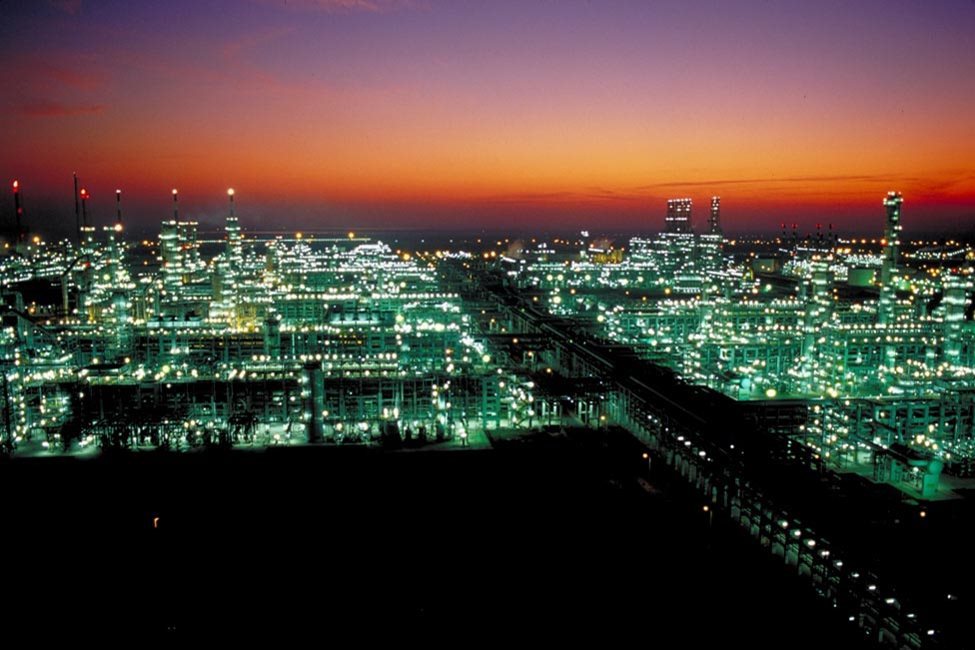
Beware, oil bulls: Just as U.S. oil production sinks low enough to drain supplies, demand is about to fall off a cliff.
American gasoline consumption typically ebbs in August and September as vacationers return home, and refiners use that dip to shut for seasonal maintenance. Over the past five years, refiners’ thirst for oil has dropped an average of 1.2 million barrels a day from July to October.
“People are looking ahead to the fall and are worried,” said Michael Lynch, president of Strategic Energy & Economic Research in Winchester, Massachusetts.”There’s more and more talk of prices going south of $40 and as a result people are going short.”
Money managers added the most bets in a year on falling West Texas Intermediate crude prices during the week ended July 19, according to Commodity Futures Trading Commission data. That pulled their net-long position to the lowest since March. WTI dropped 4.6 percent to $44.65 a barrel in the report week and traded at $44.14 at 11:53 a.m. Singapore time on Monday.
With weekly Energy Information Administration data showing U.S. gasoline stockpiles at the highest seasonal level since at least 1990, refiners may shut sooner and for longer ahead of the Labor Day holiday in early September, the end of the driving season.
“With gasoline supplies the highest since April, refiners may pull some projects forward,” said Tim Evans, an energy analyst at Citi Futures Perspective in New York. “This will take more support away the market and add to the broader problem of excess supply.”
Hedge funds’ net-long position in WTI fell by 23,665 futures and options combined to 156,804, CFTC data showed. Shorts surged 24 percent, while longs, or bets on rising prices, increased 1.4 percent.
In other markets, net-bullish bets on Nymex gasoline dropped 18 percent to 1,020 contracts, the lowest since November. Gasoline futures fell 3.8 percent. Net-long wagers on U.S. ultra low sulfur diesel decreased 19 percent to 16,640 contracts. Futures slipped 5.4 percent.
“If we’ve gone through the bulk of the summer driving season and haven’t done much damage to gasoline supply, refiners are going to react,” said Michael D. Cohen, an analyst at Barclays Plc in New York. “It will be hard to find investors that are willing to go long.”
The Organization of Petroleum Exporting Countries boosted production 0.7 percent to 32.9 million barrels a day in June, according to Bloomberg estimates. Russian output will climb by 590,000 barrels a day over the next three years to exceed the former Soviet record, Goldman Sachs Group Inc. said last week.
Even as U.S. crude stockpiles have dropped nine straight weeks amid supply disruptions in Canada and Nigeria, the longest streak in EIA data going back to 1982, the seeds of higher future output are being sown. Drillers targeting crude in the U.S. added 41 rigs over the past four weeks, Baker Hughes Inc. data show.
“What’s striking about the nine-week streak is it’s consistency, not it’s overall size,” Evans said. “Back in May when the disruptions in Canada and Nigeria were at their peak, there were estimates that inventories would drop an additional 10 to 20 million barrels on top of the normal seasonal drop. Stockpiles are actually down a little less than is normal.”
Recommended for you
